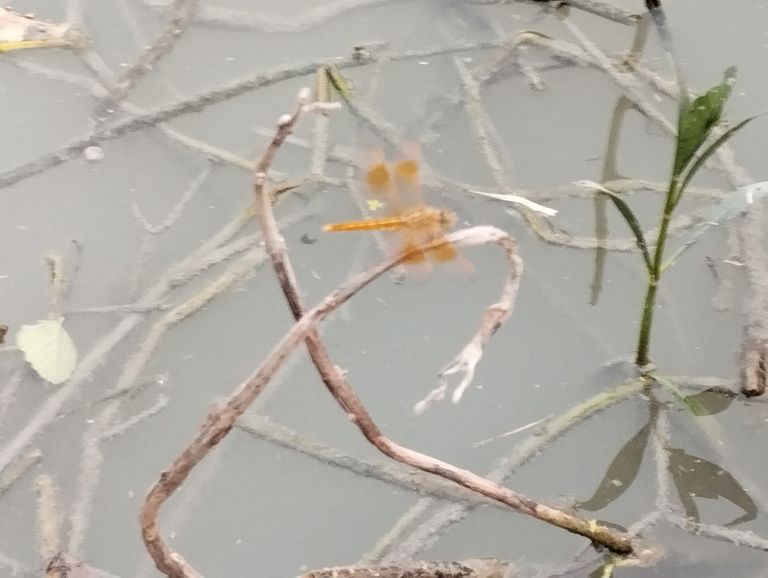
The Mystery of Grasshoppers Natures Green Wonders.
When we think of nature's small marvels, grasshoppers might not come to mind first. Yet these tiny creatures are incredibly fascinating, revealing a world of mystery, adaptability, and unique survival skills. Grasshoppers may appear simple, but they’re much more complex than we assume. Let's dive into the captivating world of these green hoppers, uncovering their habits, their survival mechanisms, and some lesser-known facts.
What Are Grasshoppers?
Grasshoppers belong to the order Orthoptera, which includes crickets and locusts. Known for their powerful hind legs, they can leap distances many times their body length, making them some of nature’s most agile insects. Grasshoppers are typically green or brown to blend into their surroundings and avoid predators. There are over 11,000 species of grasshoppers globally, with each adapted to its unique environment and climate.

Anatomy and Adaptation
Grasshoppers have a unique anatomy that enables them to survive and thrive across various landscapes. Their powerful hind legs help them jump rapidly to escape predators, while their wings allow them to glide short distances. Though not all grasshoppers can fly, many use their wings to glide or make short flights. Their antennas help them detect changes in their surroundings, making them highly responsive to movement, light, and other sensory information. Additionally, their exoskeleton serves as armor, protecting them from physical damage and helping retain moisture in dry environments.
Grasshoppers and Sound
One of the most interesting aspects of grasshoppers is their ability to make sounds, known as "stridulation." While many insects produce sound, grasshoppers create theirs by rubbing their hind legs against their forewings. This is particularly common in male grasshoppers, who use this chirping sound to attract mates. Each species of grasshopper has a unique sound pattern, almost like a song, which females recognize, ensuring species-specific mating. In certain cultures, these chirping sounds are a comforting background noise, symbolizing the countryside and calm summer evenings.


Diet and Its Impact on Ecosystems
Grasshoppers are herbivores, feeding on grasses, leaves, and even crops when food is scarce. Their dietary habits can sometimes lead to conflicts with humans, especially in agricultural settings. A single grasshopper may not consume much, but a swarm of them, particularly locusts, can devastate crops in a matter of hours. Grasshoppers play a dual role in ecosystems, acting as both consumers of plants and a food source for predators like birds, spiders, and small mammals. By feeding on grasses and other vegetation, they help keep certain plant populations under control, promoting biodiversity.
Survival Strategies: Camouflage and Mimicry
One of the mysteries of grasshoppers is how well they adapt to their surroundings. They use camouflage, matching their green or brown colors to the environment, blending into the grasses and soil. Some species have evolved more intricate survival techniques, such as mimicry, where they imitate the appearance of dead leaves or twigs to avoid detection by predators. This is not only a defensive strategy but also a testament to the evolutionary creativity of these insects.
Grasshoppers and Climate Change
Climate change is impacting grasshoppers, just as it is with other wildlife. With temperatures rising and weather patterns shifting, grasshoppers are forced to adapt to new conditions, including changes in the availability of their food sources and habitats. Some species may thrive in warmer conditions, but others may struggle, leading to shifts in local biodiversity. This adaptation ability shows their resilience, but also highlights the fragility of ecosystems facing unprecedented environmental changes.
Myths and Cultural Significance
Grasshoppers hold various meanings in cultures worldwide. In some Asian cultures, grasshoppers are symbols of luck and prosperity. They also appear in folklore and mythology, representing freedom, adaptability, and even the mysteries of nature. In many Native American stories, grasshoppers are revered for their adaptability and resilience, serving as reminders of nature's cleverness and strength.


Are Grasshoppers Related to Locusts?
One of the biggest mysteries surrounding grasshoppers is their relation to locusts. Though they belong to the same family, not all grasshoppers can become locusts. Locusts are a specific type of grasshopper that can change their behavior and form massive swarms under certain environmental conditions, such as after heavy rains. These swarms are destructive, as locusts consume vast amounts of vegetation. The phenomenon of grasshoppers transforming into locusts is still not fully understood, but it’s believed to involve complex hormonal changes triggered by environmental stress.